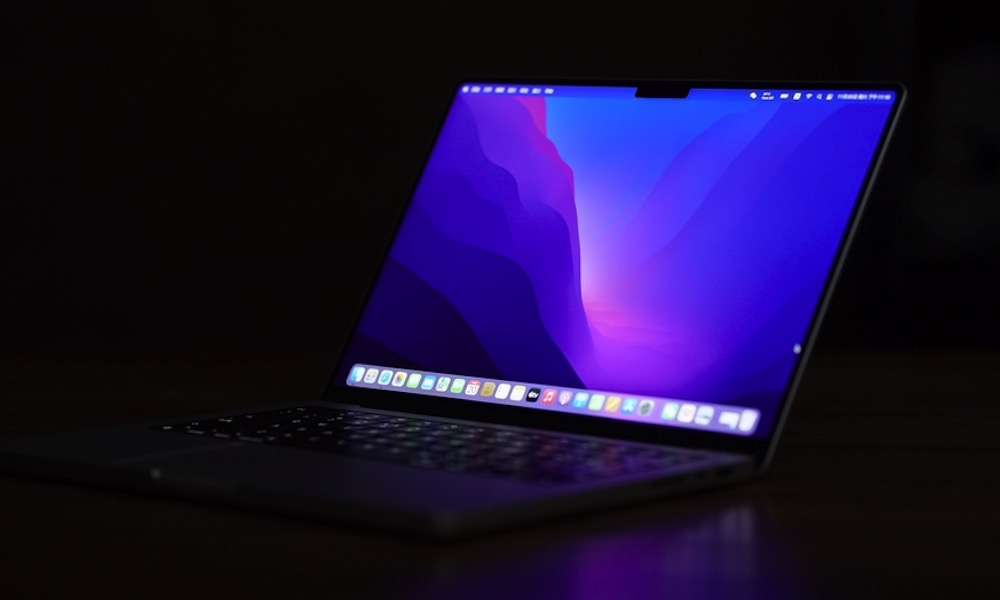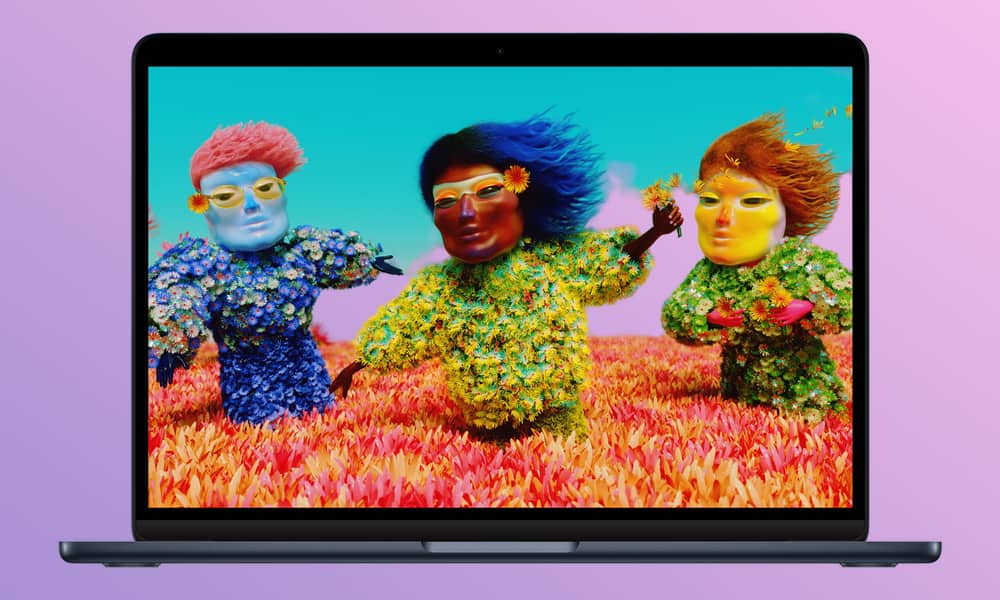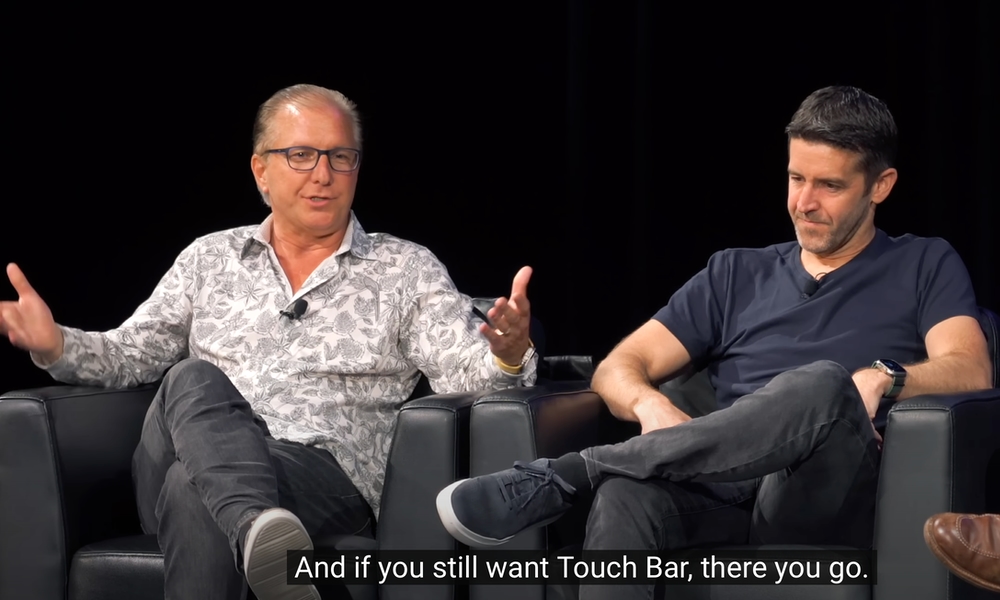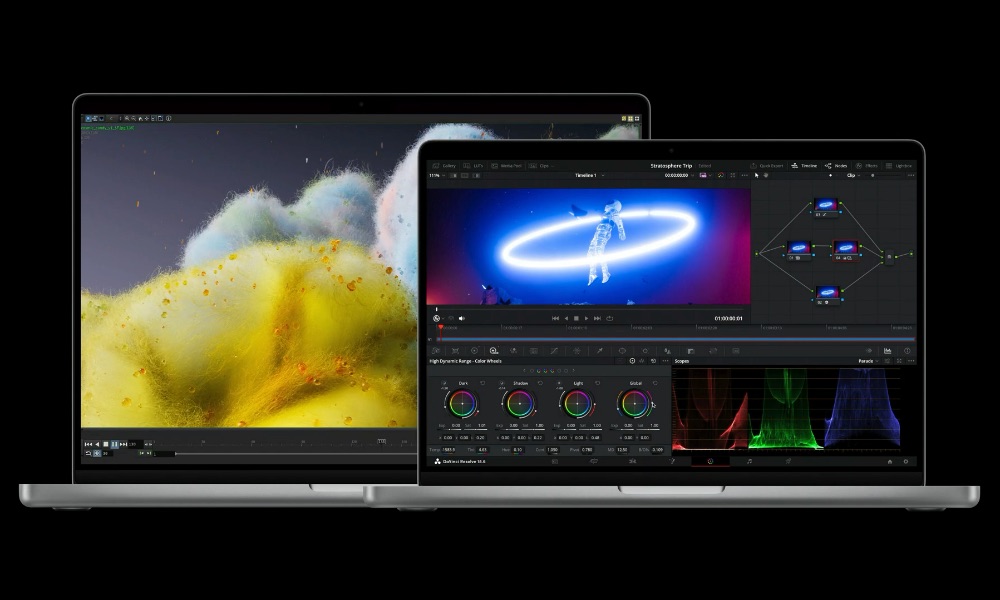The Touch Bar Is Officially Dead
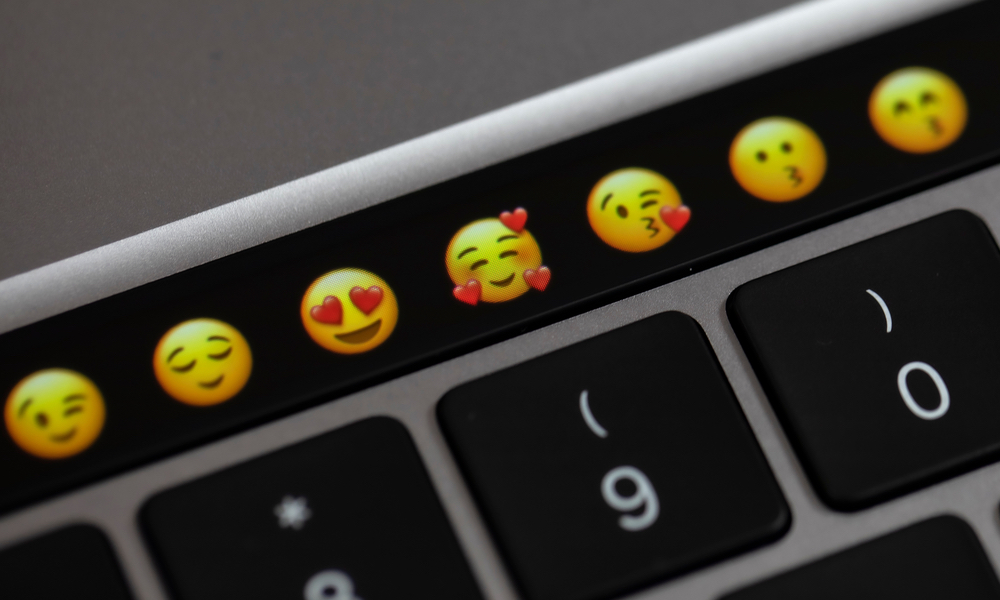 Credit: Stock Republique / Shutterstock
Credit: Stock Republique / Shutterstock
Toggle Dark Mode
While this week’s Scary Fast event was filled with mostly predictable announcements of new Macs, it came with at least one interesting surprise: The end of the last legacy MacBook design — and the controversial Touch Bar along with it.
It was three years ago that Apple unveiled its first lineup of Apple silicon Macs, featuring its then brand-new M1 chips. Those first Macs up on deck for the Apple silicon treatment — the M1 MacBook Air, 13-inch M1 MacBook Pro, and M1 Mac mini — remained otherwise largely unchanged externally from the Intel versions that had come before.
Whether that was an intentional choice by Apple or not, it ended up being a good one, as it demonstrated the superiority of the M1 chip over its Intel predecessor on an equal footing. Since nothing had changed but the chip inside, the fact that an M1 MacBook Air or MacBook Pro ran circles around an otherwise visually identical Mac was much more striking.
However, since the M1 was a baseline chip that had quite a few limitations, Apple kept its 13-inch and 16-inch Intel MacBook Pro models on the market. At the time, you could pick up an entry-level 13-inch MacBook Pro with an M1 chip or pay more for a higher-end 13-inch MacBook Pro with an Intel CPU. The cheaper M1 model ran faster but was limited to two USB ports, 16GB of RAM, and a 2TB SSD. The Intel variants offered more USB ports and higher memory and SSD storage configurations.
To be fair, even in the Intel days, Apple’s entry-level 13-inch MacBook Pro was always the red-headed stepchild in the family. It’s somewhat ironic that it became the last MacBook to feature Apple’s Touch Bar, considering that it was the MacBook Pro model that originally lacked it.
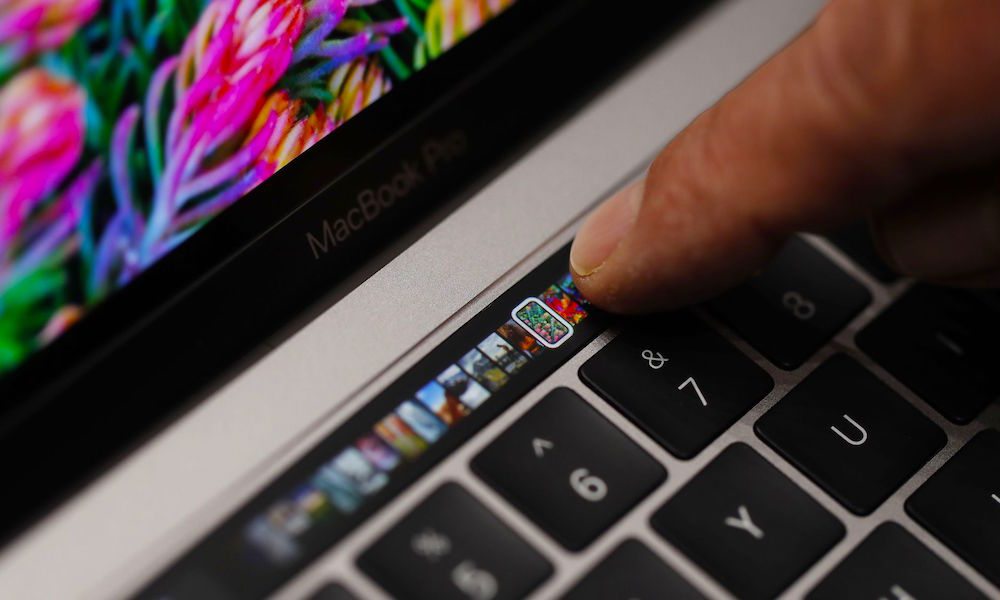
When Apple introduced the Touch Bar to its MacBook Pro lineup in 2016, the most affordable MacBook Pro was left out of the party, retaining the row of function keys instead. It gained the Touch Bar in 2019 but continued to feature only basic specs compared to the higher-end models and often found itself on a different refresh cycle from those. It’s only ever barely qualified as a MacBook “Pro,” and there’s been speculation for years that Apple would someday drop that designation and resurrect the standalone “MacBook” brand.
So, when Apple introduced its more powerful M1 variants, the M1 Pro and M1 Max, packed into a redesigned 14-inch and 16-inch MacBook Pro lineup in late 2021, it made perfect sense for those to replace the 13-inch and 16-inch Intel MacBook Pro models. Apple also made a big deal about finally killing off the Touch Bar in favor of the real function keys that pro users needed.
However, Apple not only kept the little oddball legacy 13-inch M1 MacBook Pro around, but it even refreshed it a few months later with its latest M2 chip, even as it released a new MacBook Air that clearly borrowed its design cues from the higher-end MacBook Pro.
Since the 14-inch MacBook Pro only came with an M1 Pro chip (and later an M2 Pro), the 13-inch MacBook Pro arguably still had its place as the bearer of the baseline M1/M2 chips. Still, it wasn’t entirely clear what that place was; the MacBook Air had the same chip and offered the same baseline performance.
While the M1 MacBook Pro touted a fan that could theoretically sustain that performance for more serious workflows, its other small advantages over the M1 MacBook Air — a slightly brighter screen and speaker and mic system — were eliminated when the new M2 MacBook Air arrived with a quad-speaker sound system, 1080p FaceTime camera, and slightly larger 500-nit display.
At that point, the only reason to buy the 13-inch MacBook Pro was if you were a serious fan of the Touch Bar. Apple’s Marketing SVP Greg Jozwiak admitted as much in an interview at Apple’s Worldwide Developers Conference (WWDC) when John Gruber asked him and hardware SVP John Ternus exactly where the 13-inch MacBook Pro fit into the lineup and who it’s for.
Ternus whimsically bounced the question to Joz, who, amidst much laughter from the audience, responded that it’s “still a great product” and an “entry point to the MacBook Pro lineup,” and “if you still want Touch Bar, there you go.”
However, although Joz confirmed that a lot of people still come into Apple Stores and buy the 13-inch MacBook Pro, it was probably always clear that the Touch Bar wasn’t the biggest selling point for that model, but rather its lower price tag.
Now, Apple has effectively confirmed this by eliminating that model from the lineup entirely — and the Touch Bar along with it. That’s not to say the Touch Bar didn’t have its fans, but as with those who preferred the iPhone mini, it’s obviously not a large enough group to keep the product around.
Instead, the entry-level banner is now more appropriately carried by a 14-inch MacBook Pro with the M3 chip. Instead of starting at $1,999 in an M3 Pro configuration, customers can opt for a $1,599 configuration with the M3 chip.
It has the same memory, storage, and port limitations as the 13-inch M2 MacBook Pro — maximum 24GB RAM, 2TB SSD, and only two ports — but includes the brilliant Liquid Retina XDR mini-LED display, 1080p FaceTime HD camera, and hi-fi sound system as the more expensive MacBook Pro models.
This means folks who don’t need the performance of the M3 Pro — which, let’s face it, is most people who aren’t doing video or graphics production — no longer need to step up to that chip to get the best features of Apple’s MacBook Pro.

